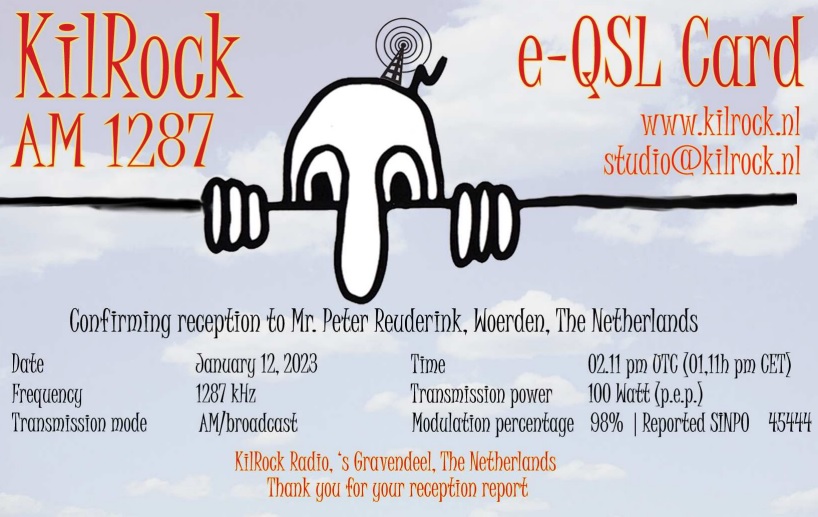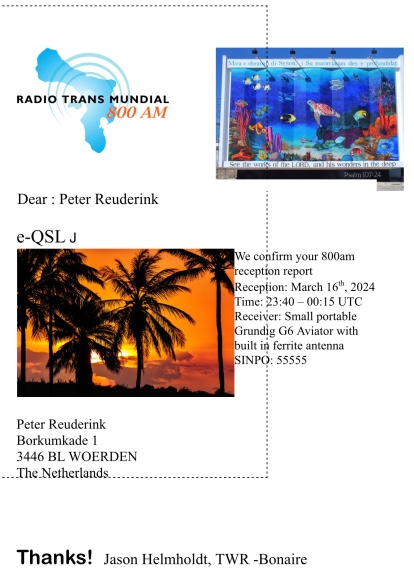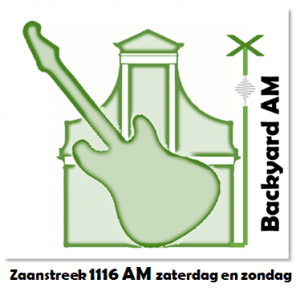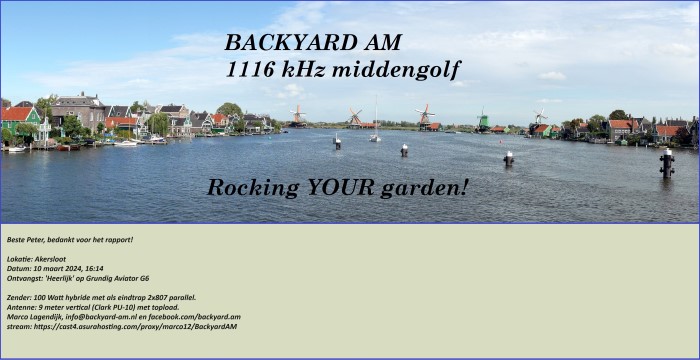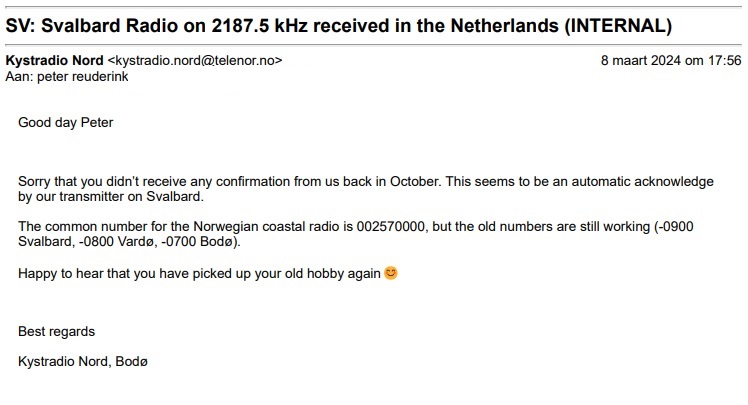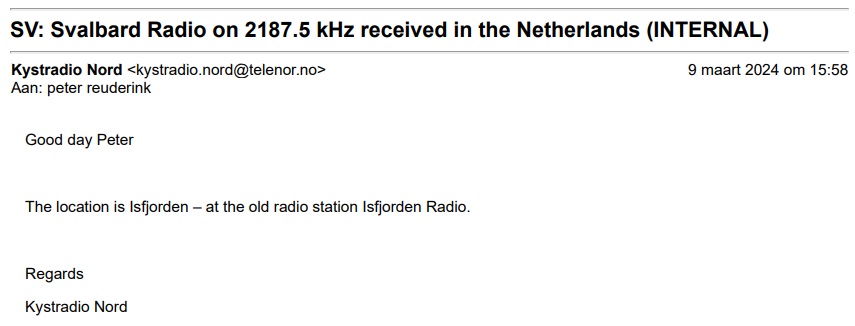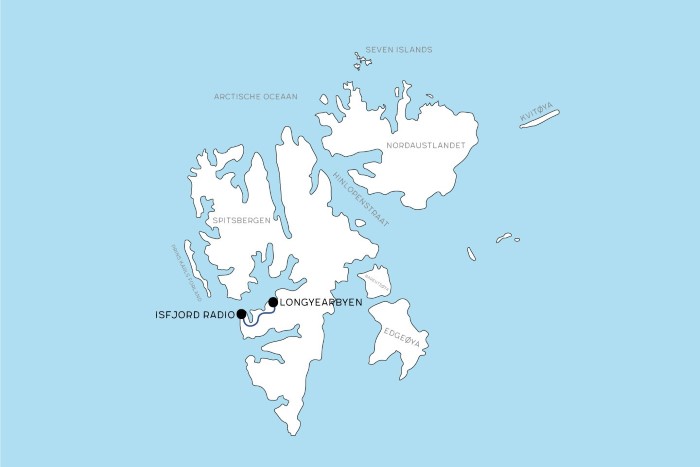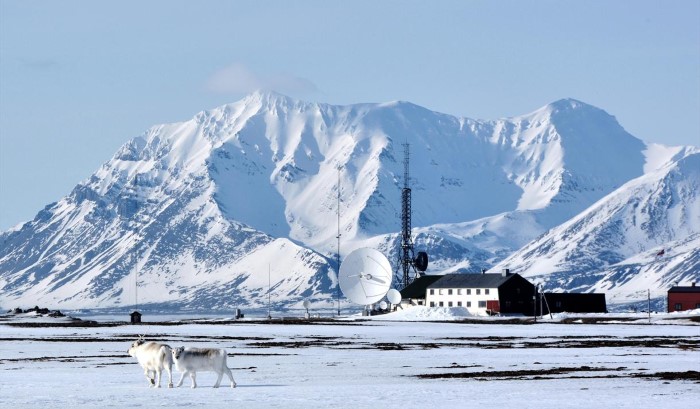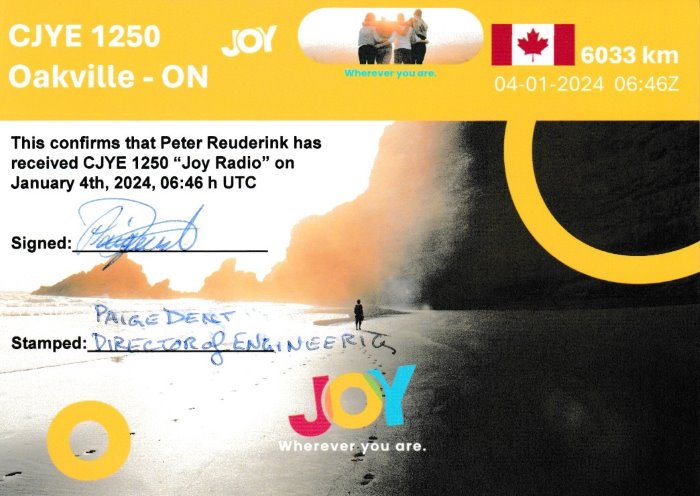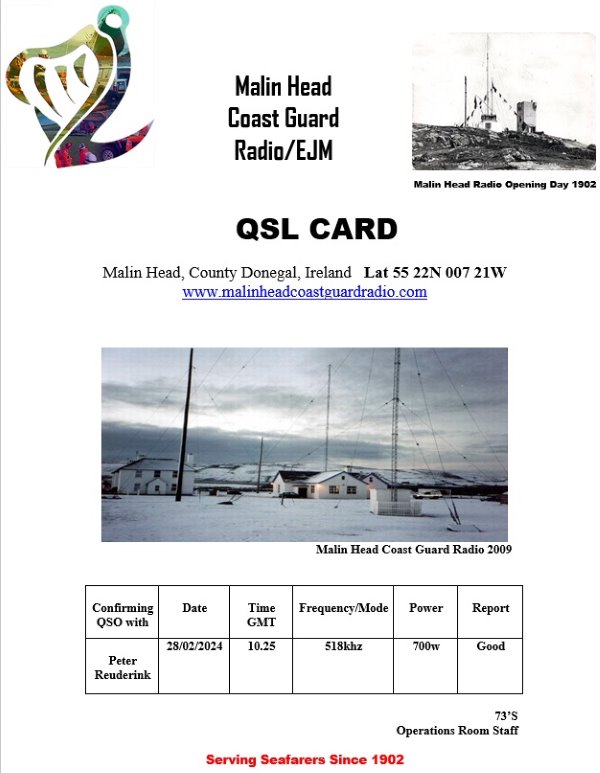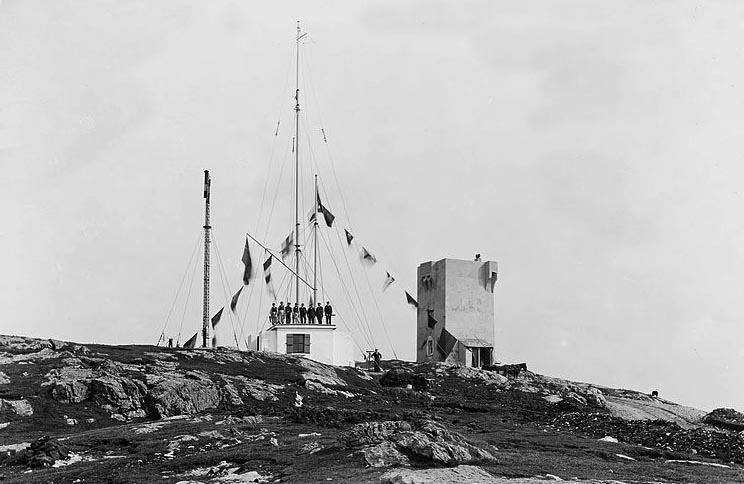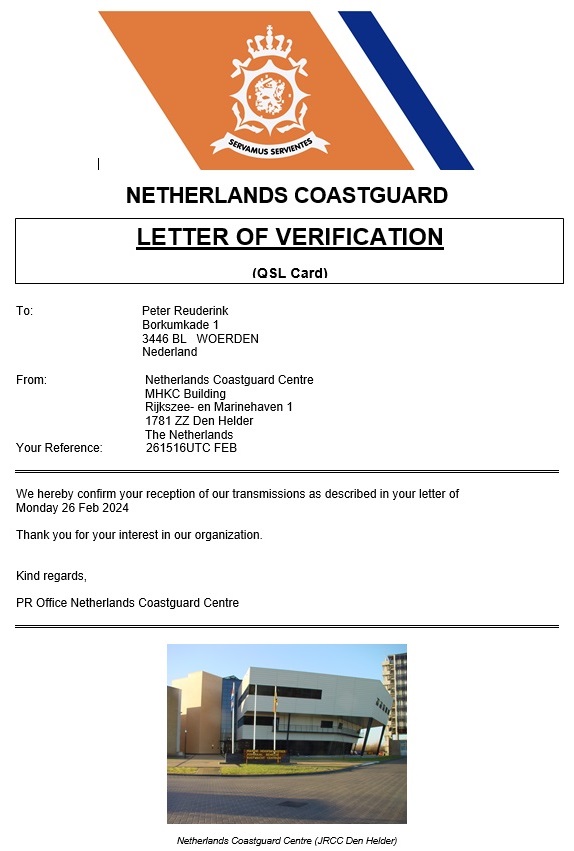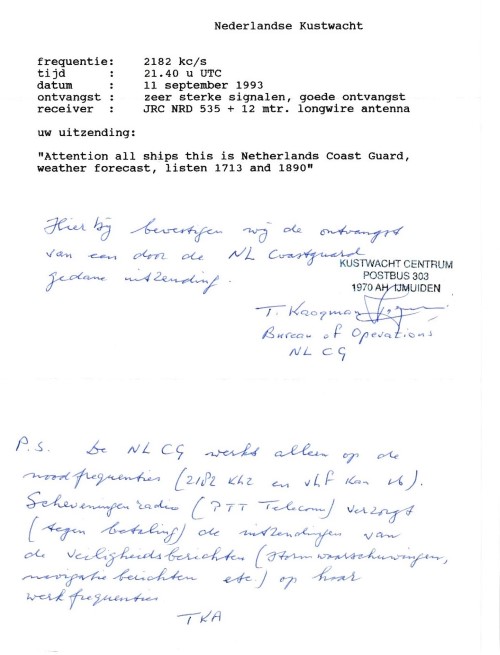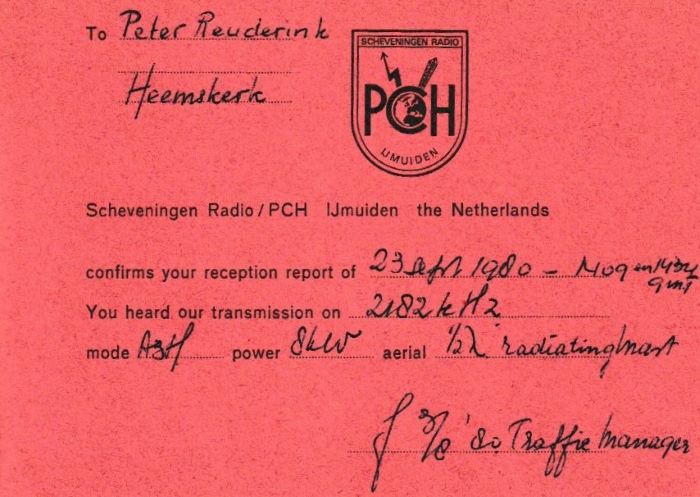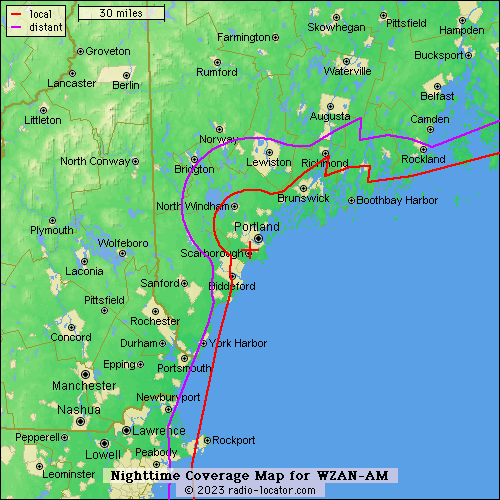One of my favorite LPAM stations because of their music selections, Kilrock 1287 kHz, will go off air June 1st as the owner is relocating. As they write on their website (translated in English):
Dear medium wave listeners,
KilRock currently broadcasts radio on 1287 kHz AM. These broadcasts will have to be stopped for a longer period of time as of June 1. Our program offering remains available online via kilrock.nl and the websites that offer KilRock radio on their own pages.
Why does KilRock stop broadcasting on 1287 AM?
Willem moves to another home. Our transmission system will have to move with us, as it is located at Willem’s home. There is no other installation location available, unless a temporary installation location for our transmission installation can be found elsewhere in the Hoeksche Waard. We do not expect to be able to realize something like this in the short term. The move is scheduled for July 2024. The antenna mast and transmitter must be dismantled well in advance and ready for transport. The disassembly work will start on June 2. That is why KilRock will no longer be receivable via 1287 kHz from Saturday, June 1 after 6:00 PM. The intention is to resume medium wave broadcasts from the new location as quickly as possible.
New start date unknown.
It is still unclear from what date we can switch the channel back on. This depends, among other things, on how quickly we can obtain an environmental permit at the new location; Such a permit is required if you want to install a transmission tower over eleven meters high. We will inform you via our Facebook page and this website if there are any new developments. Always keep in mind that KilRock is a hobby project. There are often more important things in life than pursuing a hobby. A move should be considered one of the most important things in life, whether it is fun or not…
